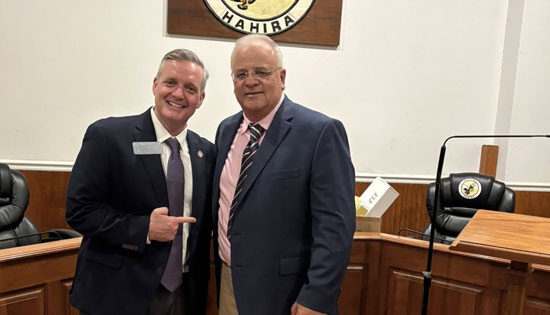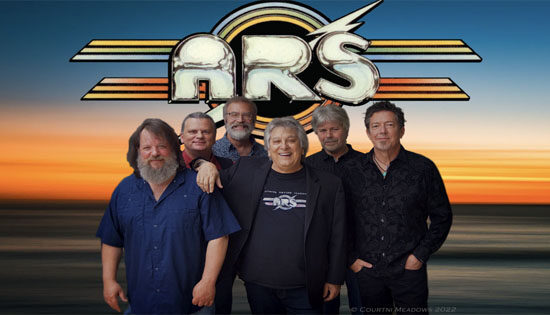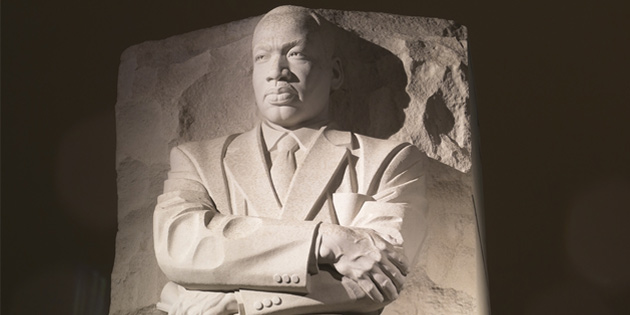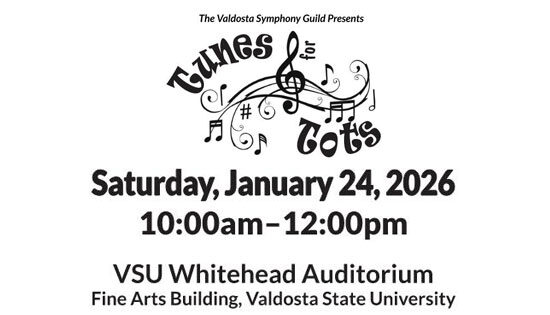Legislators in Alabama Push to Rename the Edmund Pettus Bridge. They shouldn’t.
Nick Rudnik, Valdosta Today Opinion Contributor
What’s in a name after all?
In Shakespeare’s tragedy Romeo and Juliet, Romeo, a Montague, rather famously tells his love interest, Juliet, a member of the equally influential but rival Capulet clan, “a rose by any other name would smell as sweet.” Romeo is really tacitly asking what’s in name, a word that’s assigned to some abstraction in nature? After all, wouldn’t a rose be the very same thing, just as red, as beautiful and as sweet, if we called it anything else?
Perhaps. But to other things, there’s often a certain unspoken power to the names we assign them.
The Jews, for example, have a certain reverence for the names they call the divine, the absolute. Hence, they refer to their God as “Elohim”, “Adonai” or “Yahweh”. In this case, it’s not the name itself that’s powerful, but what the name stands for.
Another of these powerful, resonant names belongs to a simple steel arch bridge that spans the width of the Alabama River in the little town of Selma—the Edmund Pettus Bridge. Indeed, a bridge, regardless of even its architectural grandeur or splendor, is still a bridge. It connects one side of a river to the other. But there’s a deeper social and cultural significance to this 76-year-old, four-lane bridge.
This bridge bore witness to among the greatest struggles of the twentieth century: the struggle for equal voting rights, the struggle for full equality and social inclusion for African Americans. The Edmund Pettus Bridge was the site of Bloody Sunday, 1965. On that day a consortium of peaceful civil rights demonstrators were beaten, tear-gassed, and assaulted by members of the Alabama Highway Patrol as they attempted to cross the bridge in a 5 day march from Selma to Montgomery in support of what would become the Voting Rights Act of 1965.
A new effort in the Alabama Legislature, led by Sen. Hank Sanders (D-Selma), seeks to rename the Edmund Pettus Bridge. The crux of Sen. Sanders’s objection to the bridge’s current name is in the biography of its namesake—Edmund Pettus. As an avowed racist, a grand dragon of the Alabama Ku Klux Klan, Pettus terrorized African Americans in the turn of the century south, summarily denying them their civil rights—including their voting rights. Sanders has offered to rename the bridge as the “Journey to Freedom Bridge.”
Sanders contends that by allowing the bridge, which has come to be seen as a universal symbol of freedom to maintain its “Edmund Pettus” label, it becomes an affront to the struggle that reached a head there a half century ago. That Pettus was an unrepentant bigot is uncontroverted; a product of a world apart from our own. And further, it is quite ironic for a symbol of human liberty to be associated with someone as vile as Pettus. But then again, perhaps there’s also something quite uplifting, quite moving about this peculiar paradox.
There’s always controversy in renaming historic sites. At the azimuth of the civil rights movement, in the age of King, Abernathy, Lewis, and Young, the bridge was known as it is today—the Edmund Petttus Bridge. The “Edmund Pettus” designation represents a snapshot of history and provides a window into the era in which the bridge gained its celebrated notoriety. This is how the structure gains its power as a symbol of human liberty, dignity, and freedom.
Today the silhouette of the Edmund Pettus Bridge has become the insignia of the National Voting Rights Museum and Institute in Selma. If you visit the museum, you’ll find that there’s a very noticeable caption above one of their many exhibits. It reads “[the] hands that picked cotton can pick our presidents.”
That’s a very powerful sentiment.
It reminds us that the battle won at the Edmund Pettus Bridge assured all Americans—white and black, rich and poor, and even “former slaves and slave masters” (to paraphrase King)—have an equal say in our democratic process. For this the franchise, the right to vote, is the single greatest right in a democratic society. The struggle at the Edmund Pettus Bridge forever enshrines the notion that if we truly are the free people we purport to be, equal access to the ballot box can never be categorically infringed on any flawed, insufferable basis.
That is the historical and social meaning in the name of this simple, rural bridge. That is the power in its name. And although named by segregationists for an argent segregationist, it is now seen as a universal symbol of human freedom and reconciliation. That, in itself, is an affirmation that real, meaningful political change can occur in the great American experiment in democracy.
So, I ask the naysayers and so-called “reformers” again, what’s in a name? Clearly, more than first meets the eye.











